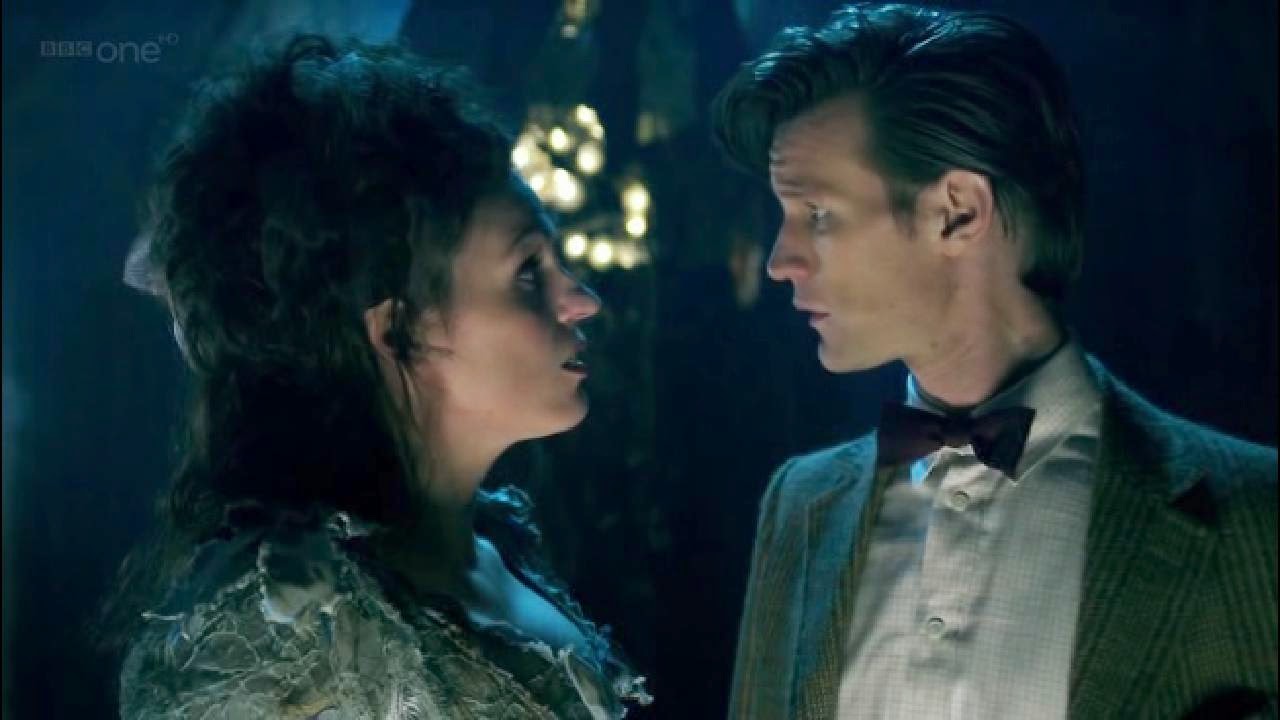Before
Peter Dinklage was an Emmy- and Golden-Globe-winning BAMF, he was the star of
this quiet, wonderful little indie film.
I’d seen him in a couple of things before checking out The Station Agent – his one scene in Elf is great, and he’s the highlight of
the very uneven Tiptoes – but this is
the movie that really made me take notice of him.
Fin is
a solitary, soft-spoken train enthusiast who thinks he’s found the perfect hideaway
when he inherits an old New Jersey depot.
He packs up and moves, and briefly, everything is just as he’d like it. He has no neighbors to bother him, no gawkers
nosily whispering or snapping pictures (Fin has dwarfism.) However, his cozy new home is upended when a
food truck sets up shop next door. Fin
finds himself suddenly saddled with its gregarious, friendly-to-a-fault
proprietor, and try as he might, he can’t avoid contact. It seems he acquires strays whenever he
goes: a heartbroken artist, a kind librarian,
and an awkward little girl are quick to follow.
It’s a
sweet story of up-and-down friendship, filled with likeable characters who,
despite some archetypal traits, always feel warmly specific. Exuberant chatterbox Joe is like an overgrown
puppy – a born extrovert, he goes stir crazy in the boonies and immediately
latches onto Fin, seeming to take the view that, “We’ve met, therefore we’re
friends.” He’s played splendidly by Bobby Cannavale, a real
favorite performance of mine. Damaged,
distracted Olivia is a loner like Fin; she’s grieving the loss of her son, and
she brings an absolutely aching vulnerability to the film. This role was my introduction to Patricia
Clarkson, and it’s a good one. Joe
brings Olivia into the fold through sheer force of will, and the sometimes
awkward, sometimes shy, sometimes touching friendship the trio forges is
endearing and hilarious.
Fin’s circle
is widened further by Emily (Michelle Williams,) a sweet woman who’s spent too
much time in bad company. Additionally,
Cleo (Raven Goodwin, much recently of Huge)
is a girl who connects shyly with Fin over their mutual love of trains. It all leads Fin to the old lesson about
people who need people, and he gradually begins to open himself up.
All of
the characters are terrific, but this is undoubtedly Peter Dinklage’s
film. As Fin, he’s intelligent, exasperated,
and gun-shy. He’s a bit of a curmudgeon
and quite the homebody, but at the same time, he can be slyly funny, and you
can’t help applauding as he timidly starts reaching out to others. Quiet characters can be hard to pull off in a
compelling way, especially as protagonists, and Dinklage is more than up to the
challenge – this performance is magnificent.
I also love
how the film deals with Fin’s disability.
It has an inescapable presence – it’s of course the first thing anyone
notices about Fin, and it follows him wherever he goes– but it doesn’t
overwhelm the story. While Fin gets his
share of stares, snickers, and stupid comments, and that’s obviously informed
his personality, it’s far from his only issue.
The film doesn’t get maudlin about it, and when I think of my favorite
scenes, many have nothing to do with Fin’s size. It might be the most well-written film I’ve
ever seen that addresses the theme of disability.
Warnings
Plenty
of swearing, some drinking/smoking, and a bit of light drug use.














.jpg)

